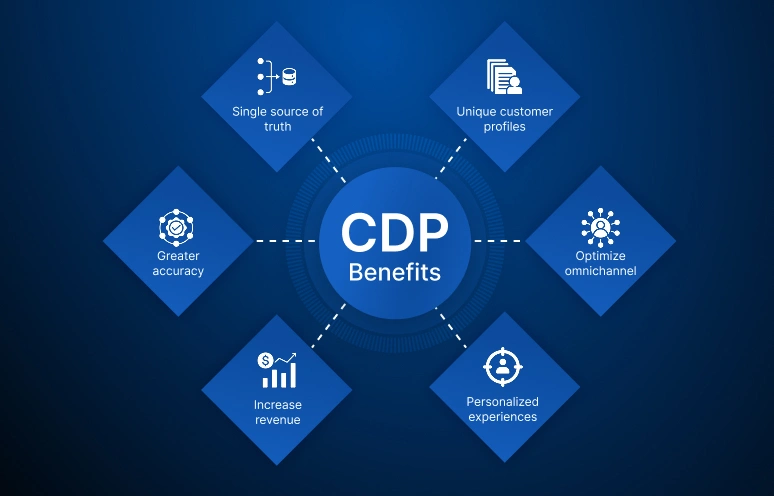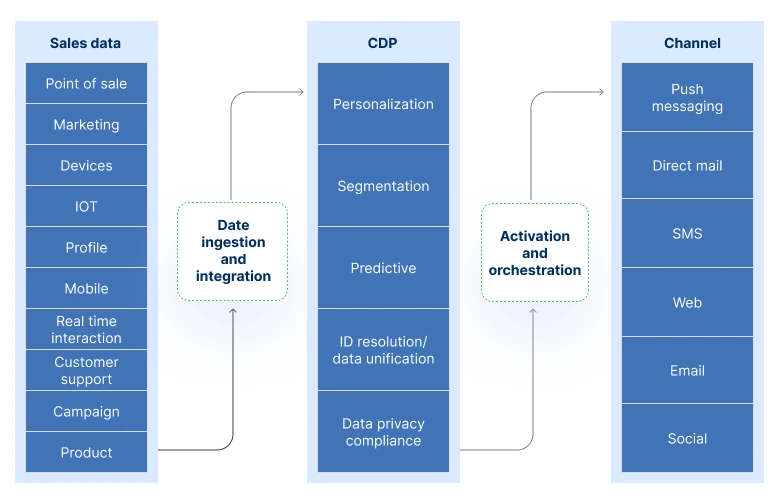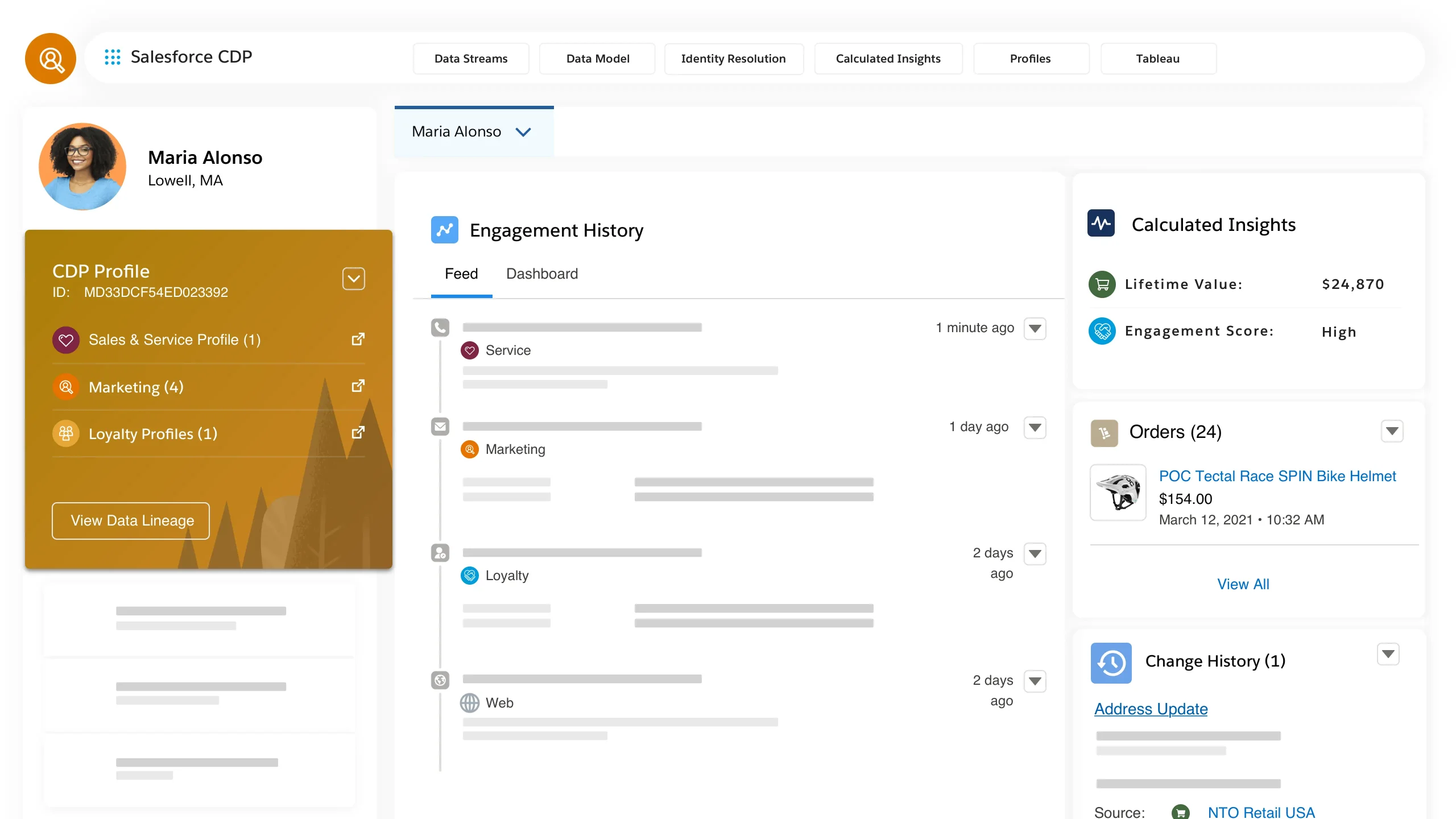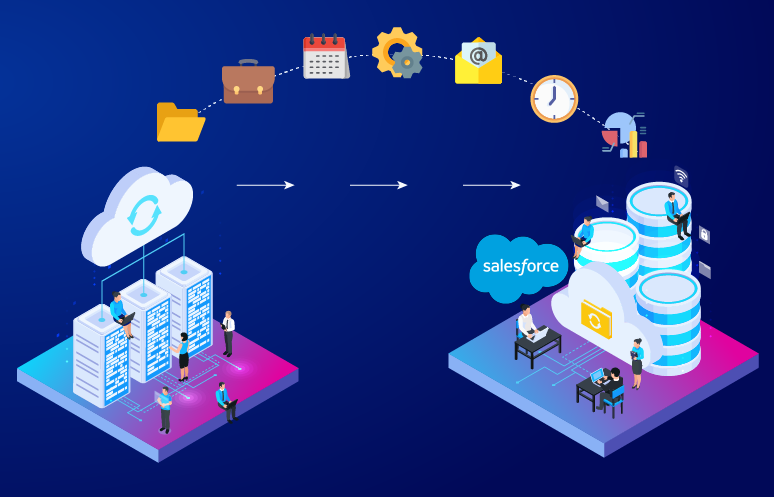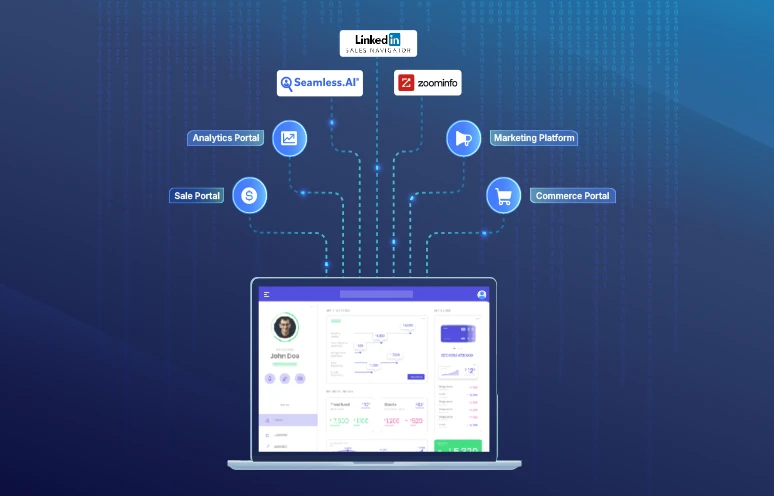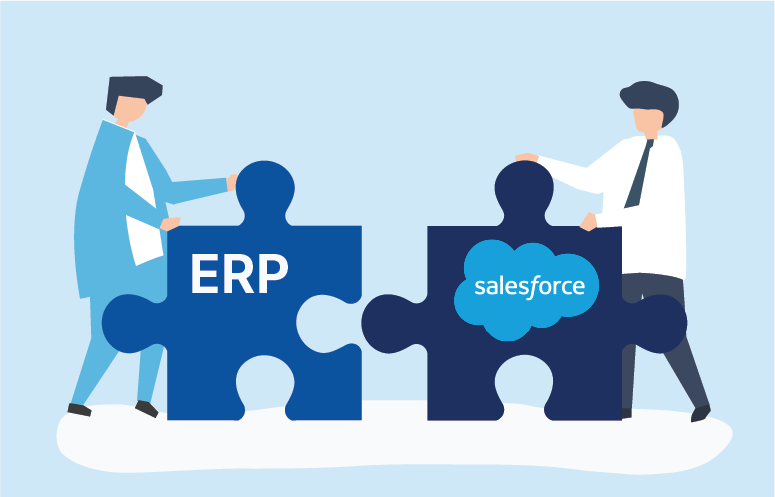Customer Data Platform (CDP) helps businesses unify their first-party customer data from multiple channels such as website, in-app interactions, and live chat to deliver personalized customer experiences and run targeted marketing campaigns.
CDP helps business teams truly know their customers. It collects, cleans, organizes, and centralizes customer data in real time. And then, it makes it accessible across marketing, sales, and customer service teams.
Businesses use the customer data platform to segment their audiences, craft personalized campaigns, predict customer behavior, improve retention strategies, and much more.
In this blog post, we will cover the role of CDP in delivering superior customer experiences and the seven major CDP implementation benefits that companies like yours can experience.
Role of CDP in delivering personalized customer experiences
A CDP provides accurate, unified customer data so that business teams can truly understand each customer. Because –
Most customers want all of their interactions with a brand to be personalized. 71% of B2C and 86% of B2B customers expect companies to be well informed about their personal information during an interaction.
Source: Gartner Customer Service and Support Survey (2022)
An enterprise CDP integrates data from all customer touchpoints, website visits, mobile app usage, email engagement, call center logs, social media interactions, and even offline transactions, into a single, unified profile for each individual. Here is the process demonstrating how CDP works.
An enterprise CDP helps all the business teams to work from the same set of accurate facts. For example, if a customer browses a product on your website, asks about it in a live chat, and then visits the store, CDP links all the interactions to one customer profile.
- The marketing team sees their interest and can send a personalized offer.
- The sales team can know what the customer has already browsed and can continue the conversation without repeating questions.
- And the customer service team can see the entire interaction history and provide quick and more informed support.
7 benefits a customer data platform designed for enterprises
The better the customer data, the faster your business can grow. A purpose-built CDP provides the right insights so that your business teams can make every customer interaction smarter and more relevant. It turns every touchpoint into a driver of growth.
Let’s understand the CDP benefits for enterprises in detail.
-
Provides a single source of truth
A single source that every team in your organization can trust. A CDP eliminates data silos and brings all customer information to one central location. It connects to every source:
- CRM
- Website
- E-commerce platforms
- Marketing tools
- Service logs
- POS systems
- And more
A CDP can ingest, clean, and standardize the customer data in real time and then merge duplicates using identity resolution models. It helps every team access the same accurate, up-to-date record.
Therefore, even if the same customer appears under different names, email IDs, or social profiles in separate systems, they are merged into a single, accurate profile accessible to every team.
-
Creates unique customer profiles
Every customer has a story. It includes their browsing patterns, purchase history, preferred channels, past interactions, and much more. A CDP consolidates these and creates dynamic, unified profiles that update in real time. Here is a customer profile sample:
Source: Salesforce
The customer profiles provide valuable patterns, insights, and predictions that business teams can use to identify high-value customers, spot churn risks, and engage each prospect based on their individual journey.
For example,
Maria gets an online quote for car insurance, uses the mobile app to explore add-on coverage, and later speaks with an agent about bundling her home policy. A CDP can connect these touchpoints into one profile. Your marketing team can send her a bundled discount offer, and the sales agent can continue the conversation, knowing her full history. Ultimately, she gets a smooth, relevant experience that speeds up her decision.
Over time, the data-rich customer profiles can become one of the company’s most strategic assets.
-
Ensures greater accuracy with better data
A CDP provides you with customer data that you can absolutely rely on. Disconnected systems often contain duplicates, outdated information, and/or incomplete customer records. A CDP can resolve the challenge.
It continuously cleanses incoming data, removes duplicates, fixes inconsistencies, and enriches profiles with verified information. Using identity resolution processes, it can detect when multiple records belong to the same customer so that all your business teams can work from a single, error-free source.
And with fewer errors in customer information,
- Sales and marketing campaigns can become more targeted
- Campaign reporting can become more reliable
- And most importantly, you can confidently measure ROI without second-guessing the performance numbers
-
Improves personalized experiences
A CDP helps you deliver personalization that feels effortless. It can give you detailed customer data so that you can tell your customers what they need to know, make them the most relevant offer, and approach at the right time.
Using the CDP platform, you can know when a customer has viewed a product multiple times but has not made a purchase. On their preferred channel, you can send an exclusive discount or a helpful guide to help them make an informed decision.
-
Optimizes omnichannel customer experiences
A CDP delivers a seamless experience across every channel. It connects customer interactions across:
- Website
- Mobile app
- In-store visits
- Calls and emails
Your customers do not have to repeat their requirements because the CDP carries over the context and shares it with your business teams in real time.
Therefore, they can connect with your customers on all channels with the same readiness. Whether your customers start a purchase online and wish to finish in-store or begin a support chat and continue over the phone, you can deliver a consistent and friction-free experience using a CDP.
While the continuity of experience builds trust, convenience makes your customers return and stay loyal.
-
Increases revenue and lowers risks
A CDP helps enterprises grow without taking unnecessary risks. It can help with precise targeting and intelligent automation so that the marketing campaigns can become more cost-effective and conversion rates increase.
To increase revenue, a CDP can help business teams:
- Find cross-sell and upsell opportunities
- Send offers right after a customer shows interest
- Adjust products and promotions based on demand
- Create bundles to raise order value
- Win back inactive customers
- Help sales team close deals faster with full customer context
To lower risks, a CDP can help business teams:
- Limit access to sensitive customer data
- Keep records clean and accurate
- Track and respect customer consent automatically
- Spot unusual activity that may be fraud
- Avoid irrelevant or non-compliant messaging
-
Ensures data governance and compliance
A CDP can make compliance simple, making it easy to understand and implement. It can help enterprises:
- Store all customer consent records in one place
- Track and update preferences across all channels
- Automate GDPR, CCPA, and other regulatory workflows
- Keep an audit trail for every data change or request
- Ensure only authorized teams access sensitive data
A customer data platform can help you keep your business transparent, avoid penalties, and build customer trust. And using mainstream CDPs such as Salesforce Data Cloud, you can ensure automatic compliance and implement proven data governance processes.
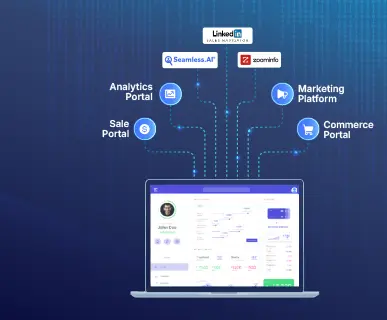
Next: How to implement a CDP
The real value comes from implementing a customer data platform the right way. Therefore, you must align your people, processes, and data strategy with your business growth goals.
You can identify the key stakeholders and define what success looks like for your business. And then, focus on clean and consistent data entry and integration from all customer touchpoints so that you can build a dynamic CDP. At last, create a roadmap to train your business teams so that they can use the insights effectively. You can set clear KPIs to measure your CDP’s impact.
Ultimately, a CDP is a long-term investment that grows more valuable as you refine your data and customer understanding.
FAQs
1. Who needs a customer data platform?
Enterprises with complex data environments and multiple customer touchpoints need a CDP. It helps break down data silos and delivers a unified customer view to improve personalized marketing and customer experience at scale.
2. What business problems does a CDP solve that other tools can’t?
A CDP solves the challenge of scattered, inconsistent customer data across systems. It provides a single, real-time source of truth that enables precise targeting and analytics that legacy tools or CRMs can’t provide on their own.
3. How does a customer data platform work?
It collects data from many sources, websites, apps, CRM, sales, and cleans and unifies it into a complete customer profile. Then, it shares that data with marketing, sales, and analytics teams to power personalized campaigns and insights
4. What type of data should go into a CDP to get the best results?
To get the most from a CDP, feed it behavioral data like online activity, transactional records, demographic info, and customer support interactions. The richer and more diverse the data, the better the insights.
5. How does a CDP improve customer retention compared to traditional CRM systems?
Unlike CRMs, which hold basic contact info, CDPs provide real-time behavioral insights and a full customer history. It helps enterprises tailor communications and offers that keep customers engaged and loyal.
6. How does a CDP support data privacy and compliance?
A CDP helps manage customer consent, track data usage, and enforce privacy policies automatically. This makes it easier for enterprises to stay compliant with regulations like GDPR and CCPA.
What departments can benefit from CDP implementation?
Marketing, sales, customer service, product, and analytics teams all benefit. Each can use unified customer data to improve targeting, optimize campaigns, enhance support, and make smarter decisions.
7. Can CDPs be integrated with existing tech stacks like Salesforce or HubSpot?
Yes, most CDPs integrate smoothly with mainstream platforms like Salesforce and HubSpot, allowing enterprises to use existing tools while enhancing data flow and customer insights.
8. What’s the biggest mistake companies make when implementing a CDP?
The biggest mistake is not having a clear data strategy and alignment across teams before starting. Without this, data quality suffers, adoption lags, and the CDP’s full potential isn’t realized. They can collaborate with certified partners to maximize the value of their CDP.
